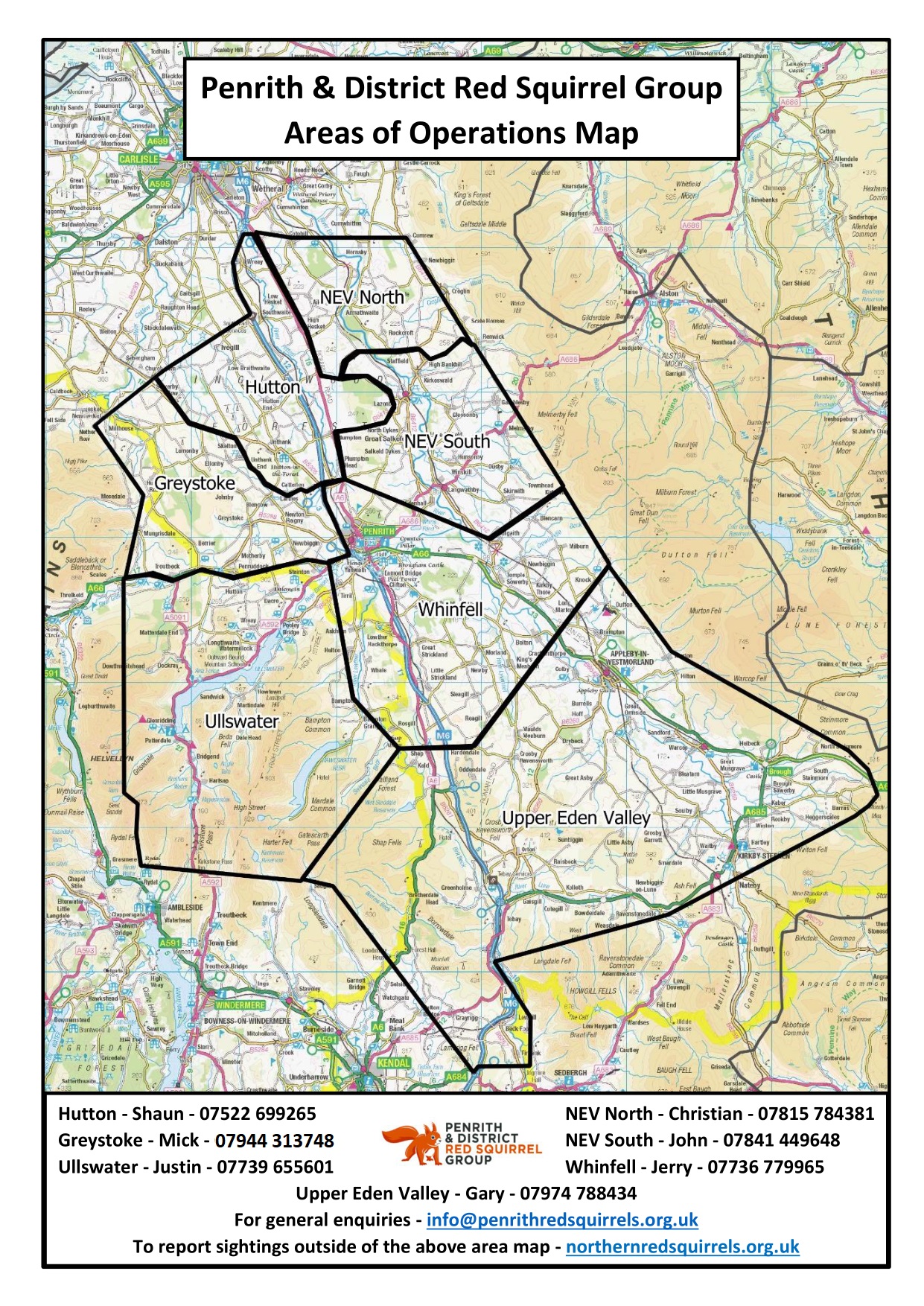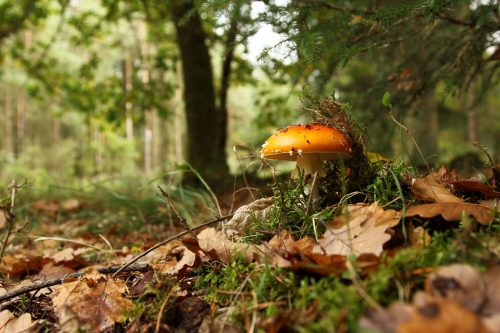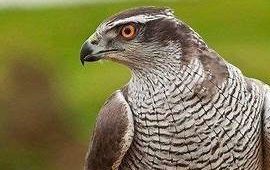History of our red squirrels
The Eurasian red squirrel (Sciurus vulgaris) is found throughout Europe and even as far as eastern Russia, sharing the same ancestry as our native red squirrel here in the UK.
Our native red squirrel was once widespread throughout Britain from Lands’ End to John O’Groats before the Victorians made a fatal mistake of introducing the non-native invasive grey squirrel (Sciurus Carolinensis) from north America.
Following this introduction in the late 1800’s, red squirrels started to rapidly disappear falling foul of the SQPV (Squirrel Pox Virus). This is a disease carried by grey squirrels but they are not susceptible to it. Sadly, to this day there is still no cure or treatment and our native red squirrels are still very much under threat from catching this disease from the non-native grey squirrel.
The other great threat to the red squirrel is loss of habitat. Since the industrial revolution and the UK’s rapidly growing population, many woods and forests have been felled to accommodate human population growth.
Dreys & Kittens
Squirrels live in ‘dreys’ that are a ball shaped bundle of twigs lined with grass, moss, feathers and other insulating material to keep them warm in the winter months. Dreys can be seen about three quarters of the way up a tree built tight against the trunk. The red squirrel drey is about the size of a football as they often live alone, except for when a female has ‘kittens’ (the name for baby squirrels). A squirrel may build several dreys just in case one is damaged by bad weather or attacked by a predator.
Red squirrels have around three kittens in a litter and either one or sometimes two litters in a year. This is highly dependant on natural food sources and in a poor year for natural crop, a female red squirrel may choose not to have a second litter. The survival rate for the kittens can be quite low so red squirrel populations are fragile and take time to build in numbers (and sadly can be decimated by SQPV in weeks).
Click ‘Play’ below for a short clip from award winning Terry Abrahams incredible new film, ‘Cumbrian Red’:
You can rent, purchase or gift the full superb film by clicking HERE
What do red squirrels eat?
A red squirrel’s diet is varied and dependant on the time of year. They love seeds and nuts as well as berries, mushrooms and insects. Hazelnuts, beech mast, ripe acorns, Scots pine cones and fir cones are amongst their favourites.
Red squirrels can be seen burying these items in late Autumn in preparation for the winter months where they can dig them up and feed to survive through the harsh season (contrary to popular belief, squirrels do not hibernate). Red squirrels are natural dispersers of seeds whether it has been placed with naturally added fertilizer or buried and not found again, helping to create natural regeneration.
Range & Predators
Red squirrels are more timid than their grey counterpart, usually relying on natural corridors and cover to travel although they can be seen from time to time crossing open ground. Red squirrels often remain within specific areas and although not overly territorial they can travel several kilometres in a day to get to a known reliable food source (be it natural or a feeder).
There are several predators of the native red squirrel primarily being birds of prey but also must be wary of including cats, foxes, pine martens and stoats.
Thankfully, red squirrels continue to reside in Cumbria and the Penrith & District Red Squirrel Group work tirelessly at safeguarding their existence, using dedicated Red Squirrel Ranger contractors working across a vast area of approx. 650 square miles.













